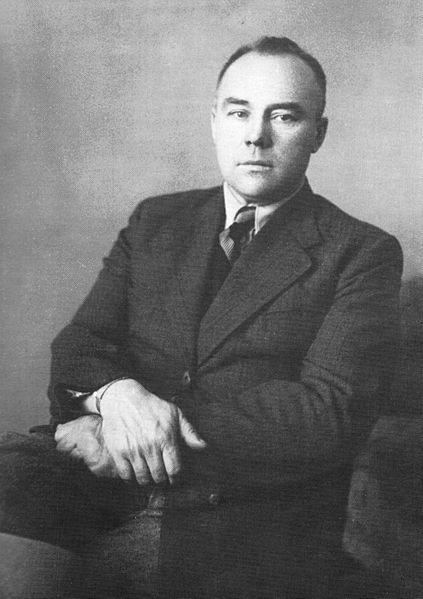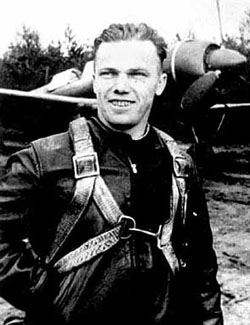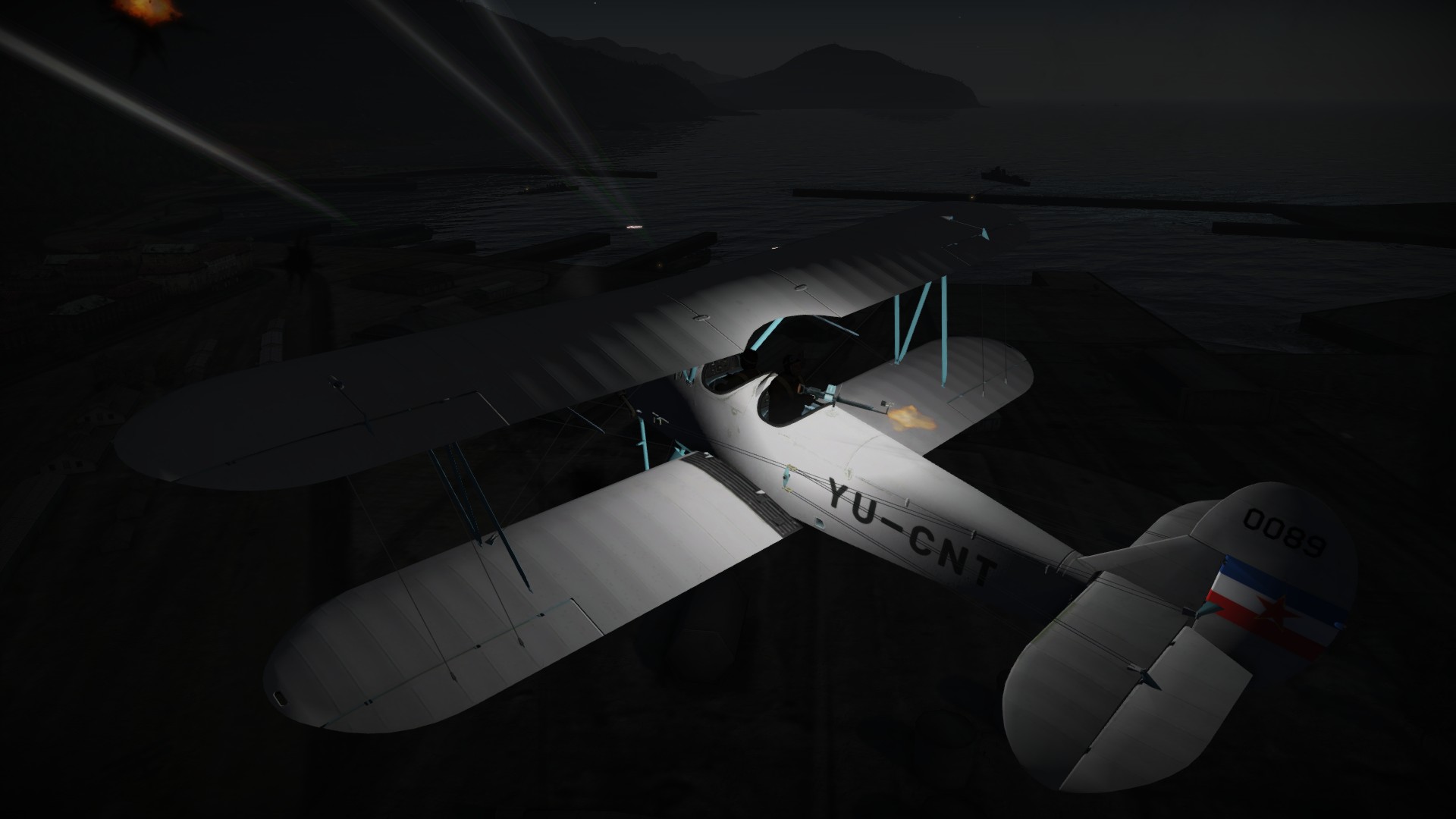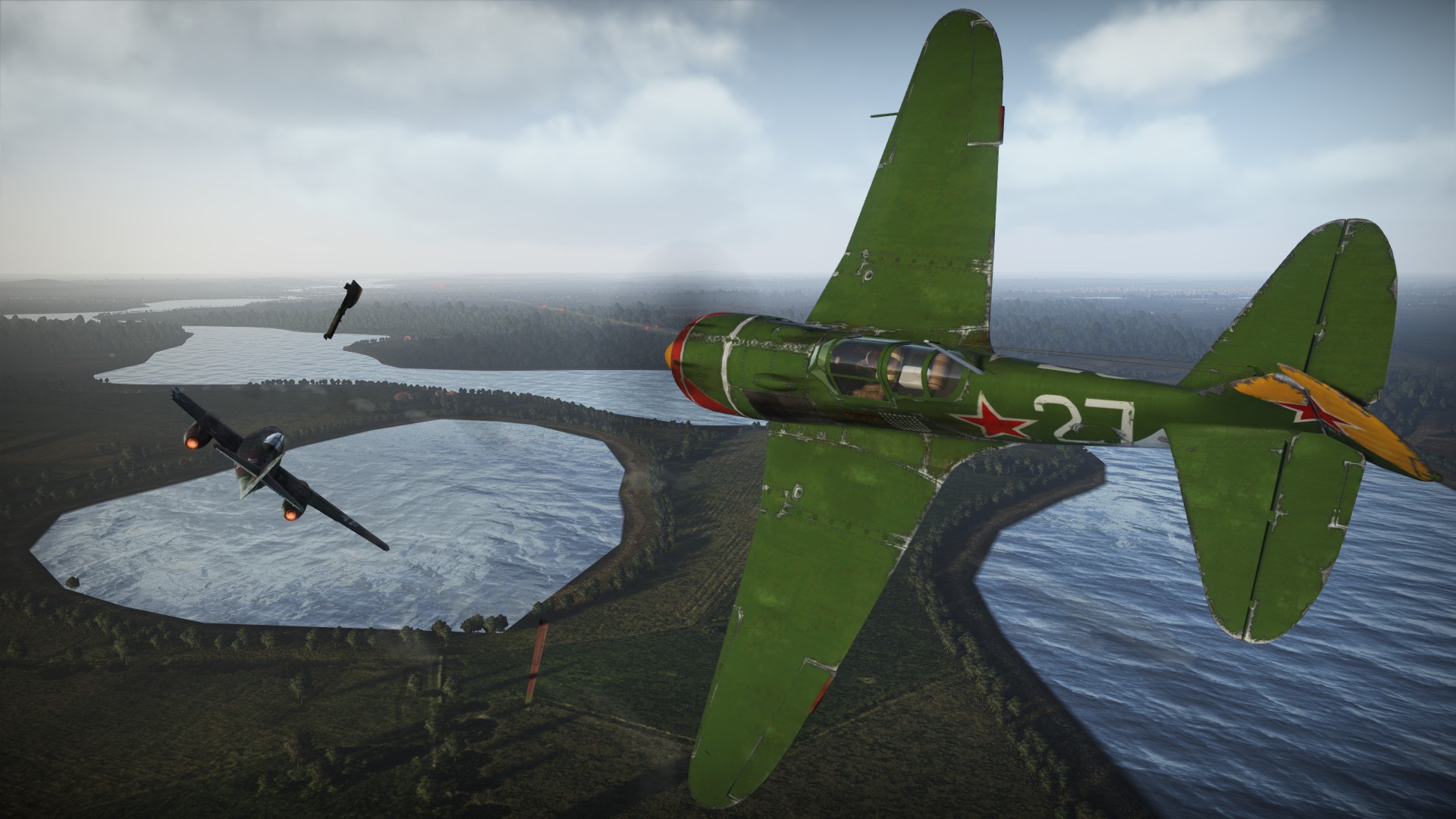
- For PC
- For MAC
- For Linux
- OS: Windows 10 (64 bit)
- Processor: Dual-Core 2.2 GHz
- Memory: 4GB
- Video Card: DirectX 11 level video card: AMD Radeon 77XX / NVIDIA GeForce GTX 660. The minimum supported resolution for the game is 720p.
- Network: Broadband Internet connection
- Hard Drive: 23.1 GB (Minimal client)
- OS: Windows 10/11 (64 bit)
- Processor: Intel Core i5 or Ryzen 5 3600 and better
- Memory: 16 GB and more
- Video Card: DirectX 11 level video card or higher and drivers: Nvidia GeForce 1060 and higher, Radeon RX 570 and higher
- Network: Broadband Internet connection
- Hard Drive: 75.9 GB (Full client)
- OS: Mac OS Big Sur 11.0 or newer
- Processor: Core i5, minimum 2.2GHz (Intel Xeon is not supported)
- Memory: 6 GB
- Video Card: Intel Iris Pro 5200 (Mac), or analog from AMD/Nvidia for Mac. Minimum supported resolution for the game is 720p with Metal support.
- Network: Broadband Internet connection
- Hard Drive: 22.1 GB (Minimal client)
- OS: Mac OS Big Sur 11.0 or newer
- Processor: Core i7 (Intel Xeon is not supported)
- Memory: 8 GB
- Video Card: Radeon Vega II or higher with Metal support.
- Network: Broadband Internet connection
- Hard Drive: 62.2 GB (Full client)
- OS: Most modern 64bit Linux distributions
- Processor: Dual-Core 2.4 GHz
- Memory: 4 GB
- Video Card: NVIDIA 660 with latest proprietary drivers (not older than 6 months) / similar AMD with latest proprietary drivers (not older than 6 months; the minimum supported resolution for the game is 720p) with Vulkan support.
- Network: Broadband Internet connection
- Hard Drive: 22.1 GB (Minimal client)
- OS: Ubuntu 20.04 64bit
- Processor: Intel Core i7
- Memory: 16 GB
- Video Card: NVIDIA 1060 with latest proprietary drivers (not older than 6 months) / similar AMD (Radeon RX 570) with latest proprietary drivers (not older than 6 months) with Vulkan support.
- Network: Broadband Internet connection
- Hard Drive: 62.2 GB (Full client)
Polikarpov's creation, the Po-2, was one of the most produced aircraft in history. It was frequently used during night to conduct harassment missions.
Po-2 in Yugoslavian colors, skin by Spogooter | download here
From 15.00 GMT on June 9th, 2014 to 15.00 GMT on June 10th, 2014
20% discount on the purchase of: I-185 (M-71), La-7, La-7B-20, La-9
June 8th saw the birth of two Soviet aviation giants, Nikolai Polikarpov and Ivan Kozhedub. The former designed the legendary Soviet fighters of the 1930s and the latter became their most successful fighter ace.

Like his father, Nikolai Nikolaevich Polikarpov (born 1892) was planning to become a priest. Fortunately he dropped out of seminar and pursued a career as an aircraft engineer.
Polikarpov was a member of several design teams until he was given his own design department in 1923. His first design, the I-1, was soon followed by much more famous aircraft such as the R-5 reconnaissance bomber, and the U-2 utility biplane.
Polikarpov's life took a turn for the worse in 1929, when he was arrested for counter-revolutionary activities and sabotage.
After his release, Polikarpov worked on the legendary I-15 and I-16 fighters, which would form the backbone of the Soviet air force all the way into the 1940s. While the I-16 was the most advanced fighter in the world when it was first created, it was hopelessly obsolete by the time World War II started.
Polikarpov died of stomach cancer in July 1944 as a renowned Hero of Socialist Labor. His most produced creation, the U-2 utility biplane, was renamed Po-2 in his honor.

Born on June 8th 1920, Ivan Nykytovych Kozhedub originally studied to become a chemical engineer. Drawn to the rumble of aircraft engines as a teenager, he took his first steps in aviation at the local flying club. Kozhedub joined a military flying school in 1940, and graduated with such high scores, that he was assigned to become an instructor.
While the young men he trained continued to be sent to the front, Kozhedub's repeated requests for transfer were denied. It was not until 1943 that he finally got what he asked for, and was moved to the front lines with a unit of new La-5 fighters. There he served with the men he had trained to fly.
Kozhedub's baptism in fire was a humbling experience, as his aircraft was shot to pieces by German fighters. It was a rude awakening to the virtues of patience and situational awareness in air combat, but fortunately he escaped uninjured.
Kozhedub's first victory, a Ju 87 dive bomber, came near Kursk in July 1943. By then there was less than 2 years of war left. The pilot made the best of the limited time, scoring a total of 62 confirmed victories. It made him the most successful Allied ace of the entire war.
One his most remarkable achievements took place in February 1945. Flying a La-7, Kozhedub spotted a Me 262 over the river Oder. As the jet fighter broke left to avoid shots from Kozhedub's wingman, the fighter ace managed to catch up to his much faster opponent. Kozhedub did not miss, and claimed the only jet shot down by a Soviet fighter in the entire war.
The La-7 was Kozhedub’s favorite aircraft, and even after the war he’d visit the National Aviation Museum to sit in the cockpit of a display piece. Kozhedub claimed, that sitting in a La-7 made him happy.
After the War, Kozhedub continued as a career officer in the air force, during which he commanded a unit of MiG-15s in the Korean War. He was awarded Hero of the Soviet Union three times. Kozhedub passed away in August 1991.
In February 1945, Kozhedub scored the only Soviet kill of a jet fighter in World War II by shooting down a Me 262
La-7 of Ivan Kozhedub, skin by InkaL | download here
The War Thunder Team





